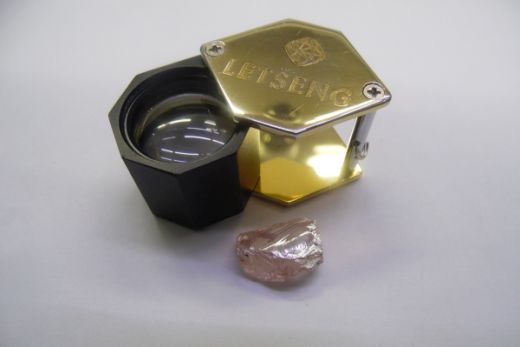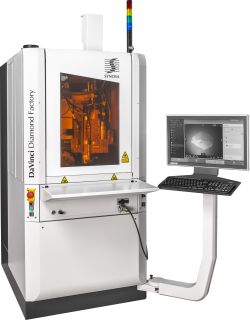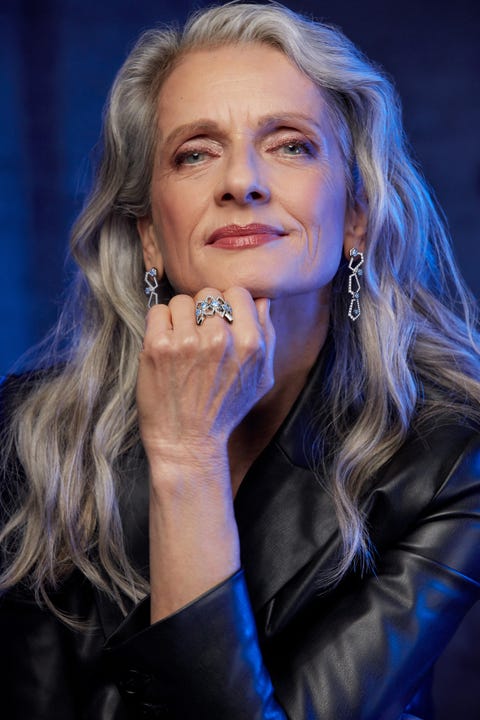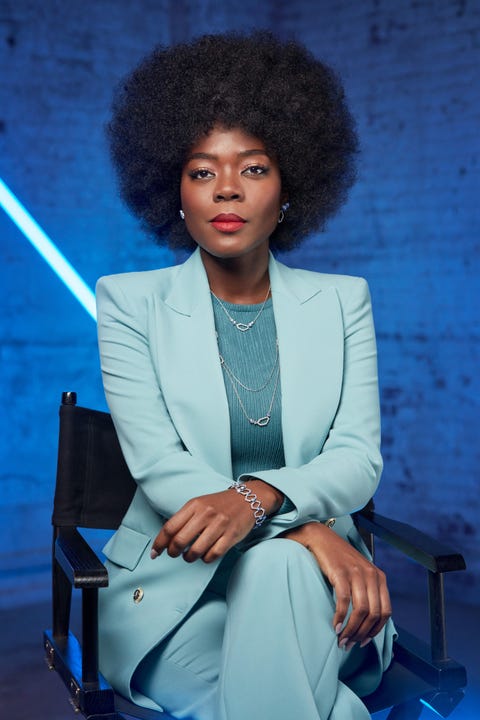Lucapa Diamond Company has pocketed a neat $9 million from the latest diamond sales from its Lulo alluvial mine in Angola.
The diamonds were sold through Lucapa’s partners, Empresa Nacional de Diamantes and Rosas & Petalas, for an average US$1550 per carat.
With 4269 carats sold, this brings the total proceeds from the sale to US$6.6 million.
Importantly, this sale price is higher than the year-to-date average of US$1371 per carat.
So far, Lucapa has sold just under 20,400 diamond carats over the 2020 calendar year for US$28 million.
Angola and Lesotho diamond exploration
Lucapa produces diamonds from both the Lulo mine in Angola and the Mothae kimberlite mine in Lesotho a small kingdom completely landlocked by South Africa.
The company faced some turmoil earlier this year when COVID-19 restrictions in Angola and South Africa dealt a blow to Lucapa’s operations.
Nevertheless, operations were back up and running at both mines soon after the end of the September quarter.
So far, Lucapa’s Lulo mine has produced 15 100 carat plus diamonds making it one of the highest dollar-per-carat alluvial diamond producers in the world.
At Mothae, Lucapa has produced over 30,000 carats of diamonds in just one year of production, with three diamonds at over 100 carats each.
Source: themarketherald

















